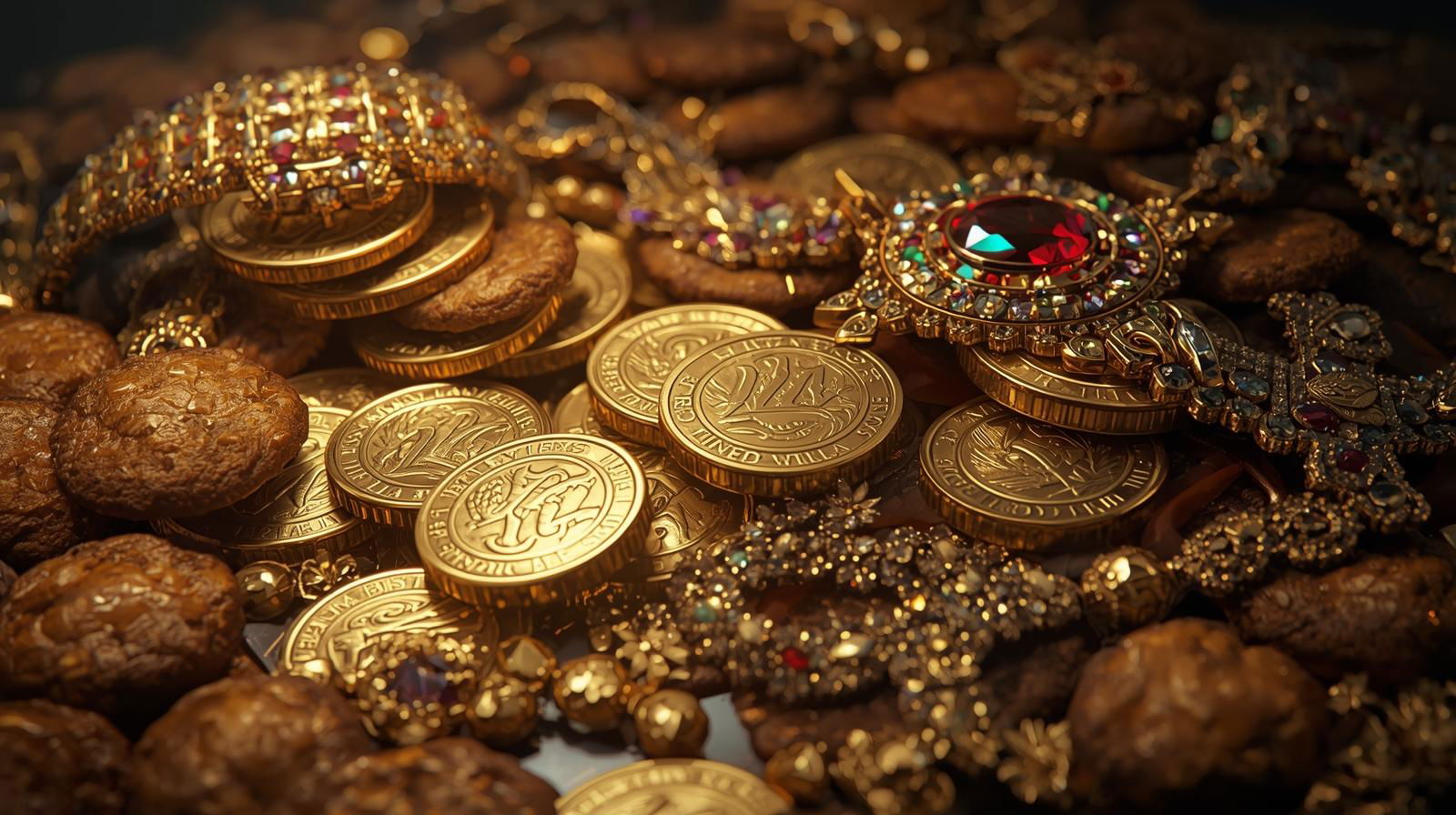The precious metals market has lost its balance today after gold suffered its historic one-day plunge. On Tuesday, the price of gold crashed by as much as 6.3%, its worst single-day drop since 2013, erasing weeks of gains in a matter of hours.
It comes just after the day metal marked a record of $4,381 an ounce. Silver, on its own reduced even lower, dropping by more than 7%. Today, the selling has continued, with gold trying to hold the $4,100 level.
Fear of losing out
The most basic cause of the crash is the human profit-booking mindset. Having surged to unexpected highs on Monday, those investors who acquired gold months or even years ago simply could not resist taking profits.
Prices were driven throughout the year by solid purchases by central banks, international geopolitical tensions, and the necessity of the United States Federal Reserve to lower interest rates. However, having peaked at a record, the fear of missing out suddenly turned into fear of losing the maximum profit. When early big investors cashed out to lock in profits, the move triggered a "snowball" effect. (an effect that starts small and becomes significantly larger at pace).
Stronger Dollar and diminishing fear
Two other major factors fired up the fall: First, the US dollar unexpectedly gained strength. Gold is priced in dollars, so the stronger the dollar becomes, the more expensive it is for anyone buying through other currencies. That higher price instantly cuts down global demand.
Second, the trade tensions suddenly cooled down, and since Gold is known as “God’s currency”, you buy it because you are afraid of war, recession, or inflation. This week, the U.S.-China tensions seem to have calmed down for a while.
Investors were slightly more bullish towards the economy, so they shifted their cash from gold to put into riskier equities such as stocks.
The Silver Bubble bursts
Silver's crash was even more noticeable. Though it follows gold, silver has its own unique problem, which is a speculative bubble. (A speculative bubble is a period when the price rises beyond its intrinsic value, driven by speculative trading rather than underlying fundamentals.)
Over the past few weeks, a massive pre-Diwali buying spree in India, along with a gigantic demand for silver for use by industries in solar panels and electronics, has crashed the market. Refineries in India were out of stock, and London dealers were short.
This situation caused silver prices to surge. When the gold market fell off, the silver market followed, and the price plunged as the buyers exited the market simultaneously.











